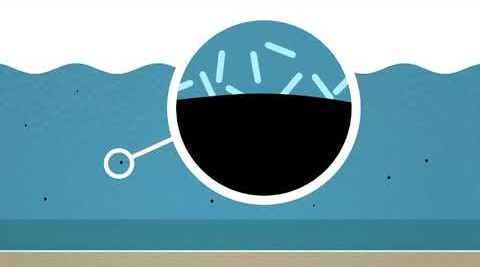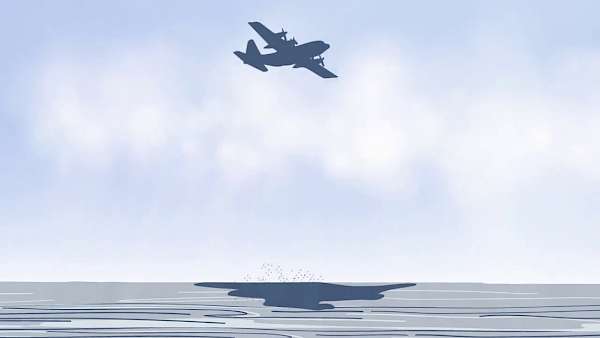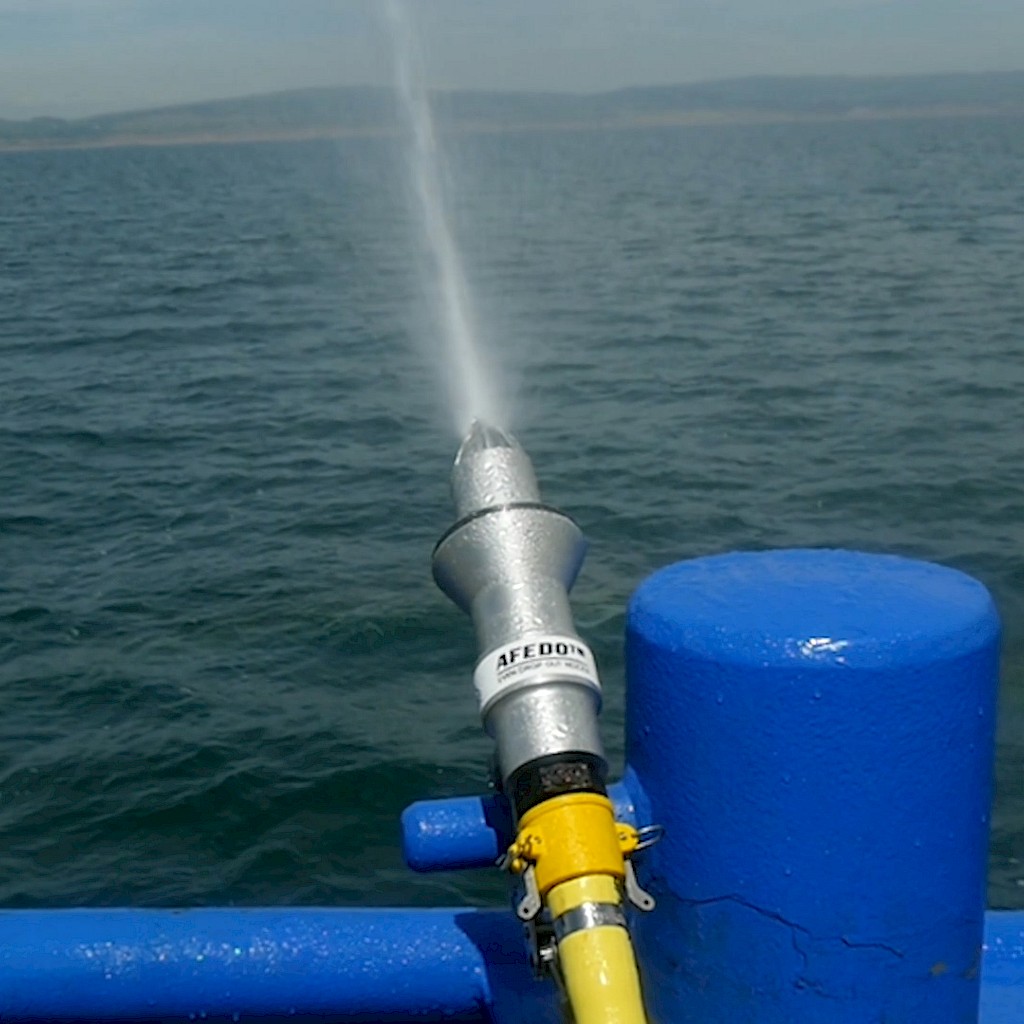When dispersants are used appropriately, they can help protect human health, minimize the environmental impact of oil spills and be an effective oil spill response strategy.
It is important to note that the use of dispersants is a complex and carefully regulated process. Their effectiveness depends on various factors such as the type of oil, weather and sea conditions, and the timing of the dispersant application.





